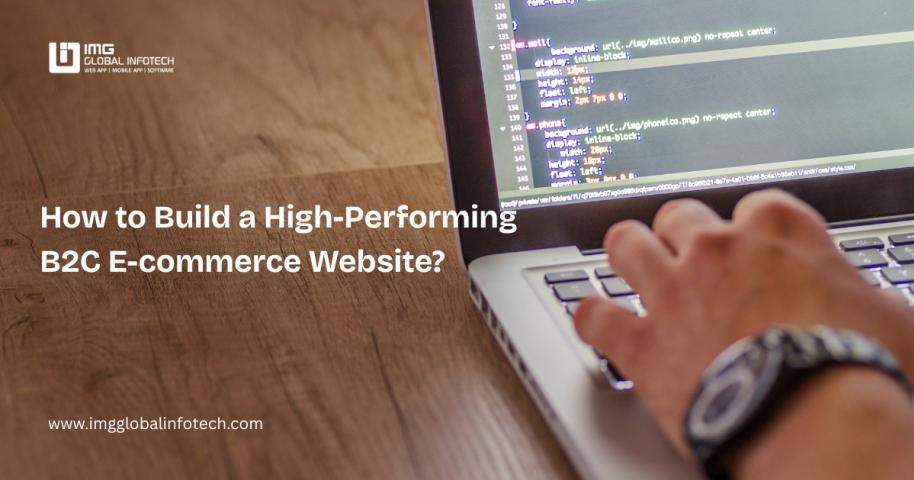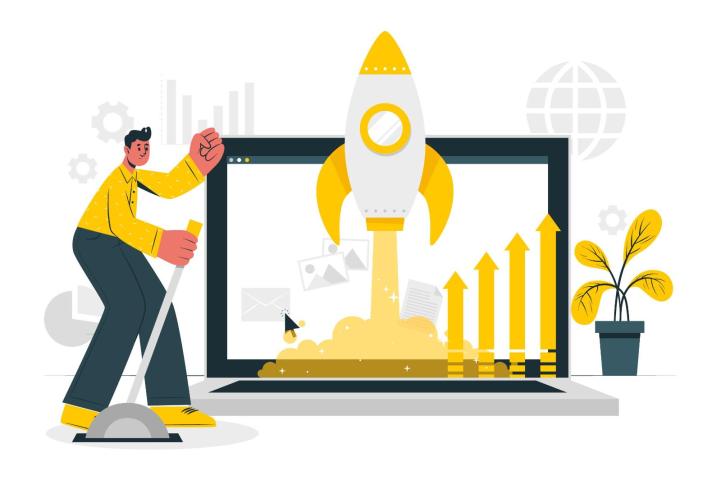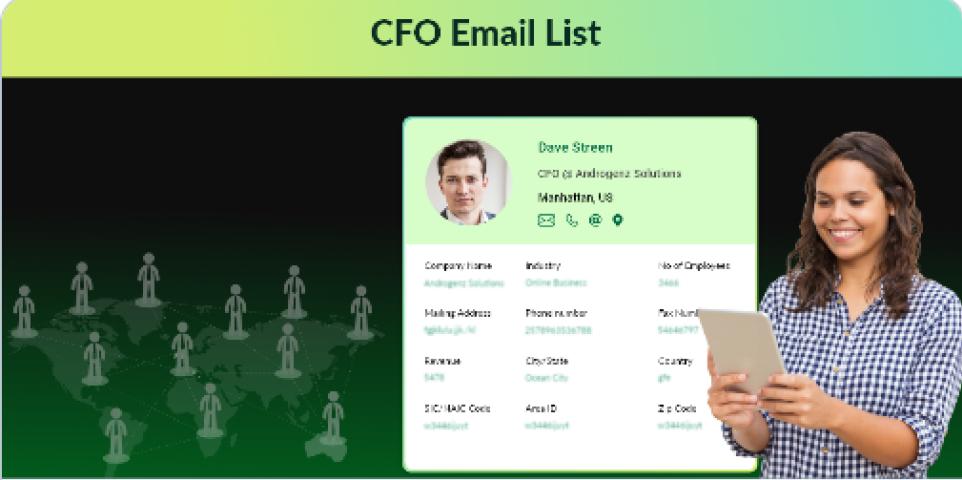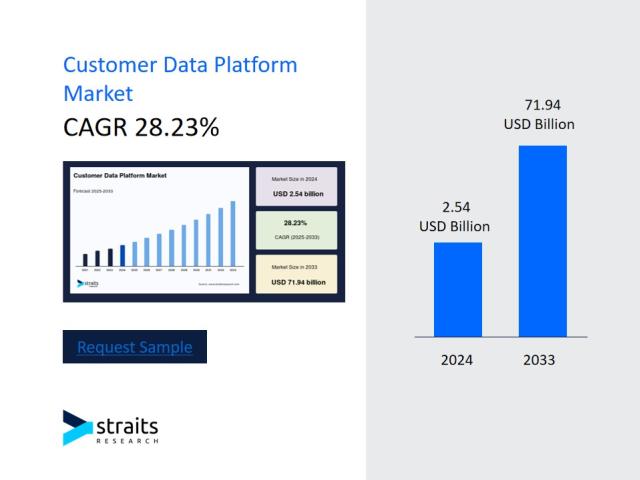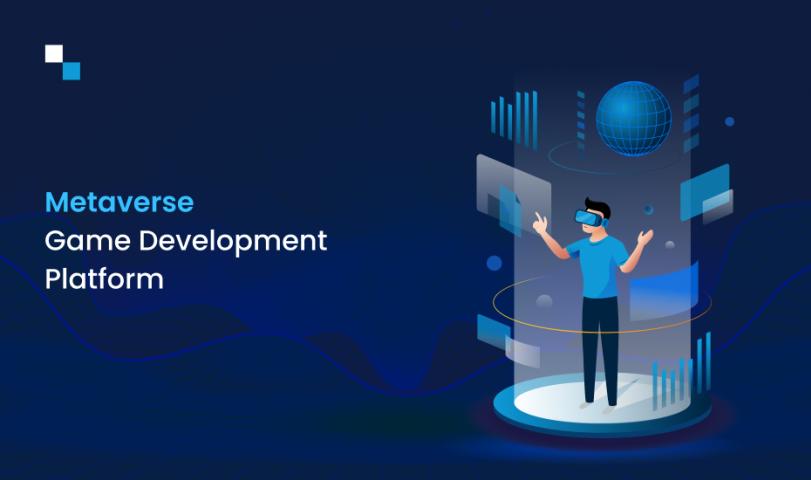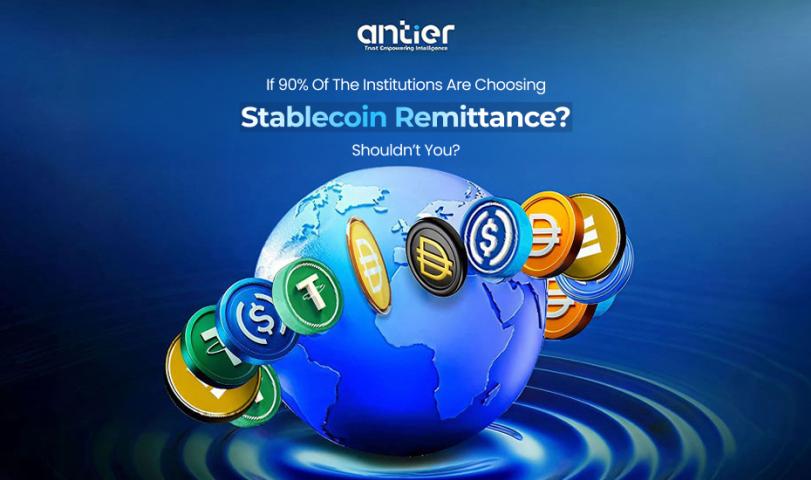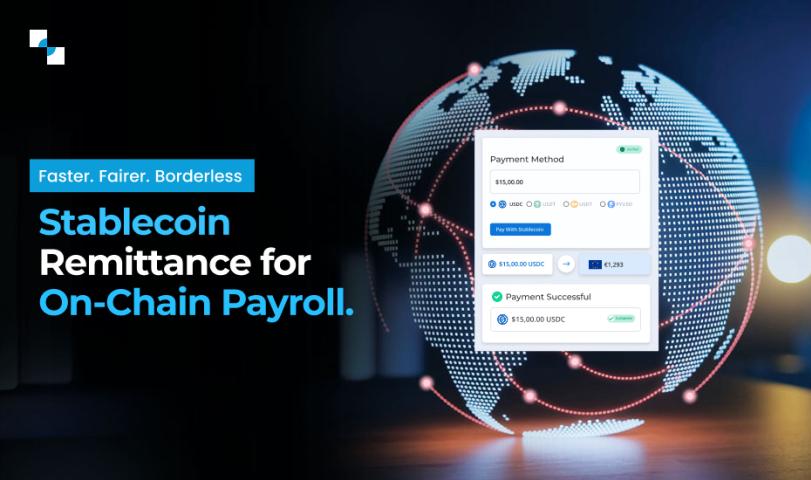The ecommerce industry is one of the fastest-growing sectors globally, with businesses increasingly turning to digital platforms to connect with customers. As the competition continues to intensify, staying ahead of the curve is essential for ecommerce businesses. Technology plays a vital role in the success of any ecommerce platform, and as we enter 2025, certain innovations have become critical in shaping how online stores operate and engage with consumers. From providing seamless user experiences to enhancing security and optimizing scalability, the right technological solutions can transform an ecommerce business. In this blog, we will explore the five best technologies for ecommerce platform development in 2025, which will help businesses stay competitive and deliver superior online shopping experiences.
Best Technology to Build Ecommerce Website
Here are few of the best technology to build ecommerce website:
Artificial Intelligence (AI) and Machine Learning (ML)
In 2025, Artificial Intelligence (AI) and Machine Learning (ML) will be more than just buzzwords in ecommerce; they will be the backbone of many innovative features designed to enhance the customer experience and improve operational efficiency. AI-driven personalization tools are already being implemented by many ecommerce platforms, allowing businesses to offer tailored recommendations, product suggestions, and targeted marketing campaigns based on user behavior and preferences. By analyzing customer data, these AI tools can predict what customers are most likely to purchase next, leading to increased conversion rates and customer satisfaction.
Progressive Web Apps (PWAs)
Progressive Web Apps (PWAs) are set to play a pivotal role in ecommerce development in 2025. PWAs is one of those technologies used in e commerce that combines the best features of both websites and mobile applications, offering a seamless and fast experience for users across different devices and platforms. Unlike traditional websites, PWAs can be installed on a user’s device, providing an app-like experience without the need for app store downloads. This significantly improves user engagement and retention.
One of the most significant advantages of PWAs is their speed and reliability. Ecommerce sites built with PWA technology load quickly, even on slow internet connections, reducing bounce rates and improving overall customer satisfaction. Additionally, PWAs work offline or with limited connectivity, which is particularly useful for customers in areas with poor internet access. For ecommerce businesses, PWAs offer a cost-effective alternative to developing separate native apps for Android and iOS. They are easier to maintain and update, providing a smoother, more consistent user experience across all platforms. As mobile commerce continues to rise in 2025, PWAs will become an essential technology for businesses looking to expand their reach and optimize their ecommerce platforms.
Blockchain Technology
Blockchain technology is best known for its association with cryptocurrency, but its potential applications in ecommerce are vast and far-reaching. In 2025, blockchain will play a critical role in enhancing the security, transparency, and trustworthiness of ecommerce transactions. One of the most significant benefits blockchain brings to ecommerce is its ability to offer decentralized and secure payment systems. By implementing blockchain-based payment gateways, businesses can reduce transaction fees, minimize the risk of fraud, and enable faster cross-border payments. This is especially beneficial for global ecommerce businesses that deal with customers from different countries and currencies.
Cloud Computing and Microservices Architecture
Cloud computing has been a game-changer in ecommerce for years, and its importance will continue to rise in 2025. Cloud-based ecommerce platforms offer significant benefits such as scalability, flexibility, and cost-effectiveness. Cloud services allow businesses to quickly scale up or down based on traffic demands, ensuring optimal performance during peak shopping seasons, such as holidays or sales events. This means ecommerce businesses can handle large volumes of transactions without compromising the speed or reliability of their platform.
Augmented Reality (AR) and Virtual Reality (VR)
As ecommerce continues to evolve, Augmented Reality (AR) and Virtual Reality (VR) are gaining traction as powerful tools for enhancing the shopping experience. In 2025, these immersive technologies will help ecommerce businesses bridge the gap between online and offline shopping by providing customers with virtual product experiences that were once impossible in a digital environment.
On the other hand, VR can provide an even more immersive shopping experience. Ecommerce platforms that incorporate VR can create virtual stores, allowing customers to browse and shop as if they were walking through a physical store. VR can be particularly beneficial for high-end retailers or those in the fashion and beauty industry, where product visualization and try-before-you-buy experiences are crucial. By implementing AR and VR, ecommerce businesses can differentiate themselves in a crowded marketplace, offering customers an engaging and interactive shopping experience that mimics the tactile nature of traditional retail.
How Much Does It Cost to Develop an Ecommerce Website?
The average cost of developing an ecommerce website typically ranges from $5,000 to $50,000 USD, depending on factors like website complexity, features, design, and functionality. A basic eCommerce site may cost around $1,000-$5,000, while a fully customized, feature-rich platform can range from $20,000 to $50,000 USD.
Conclusion
The future of ecommerce in 2025 lies in embracing cutting-edge technologies that not only enhance the customer experience but also streamline business operations. Artificial Intelligence and Machine Learning will enable personalized shopping experiences, while Progressive Web Apps will provide fast, reliable, and accessible platforms for users. Blockchain technology will revolutionize payments and transparency, and cloud computing coupled with microservices will ensure that ecommerce platforms can scale and evolve with ease. Counting on custom web application development for ecommerce can be the best decision you can make and propel your business towards growth.


